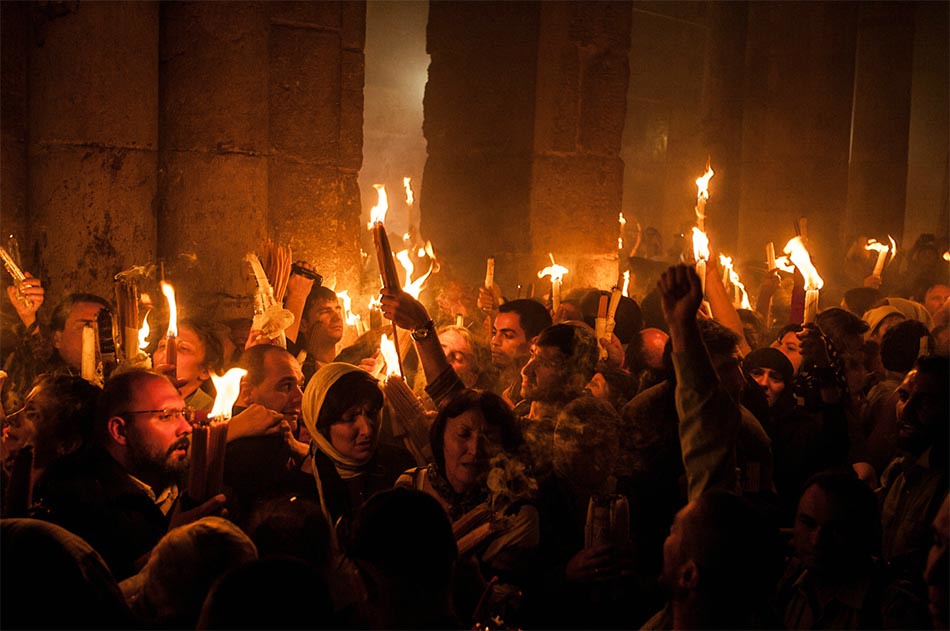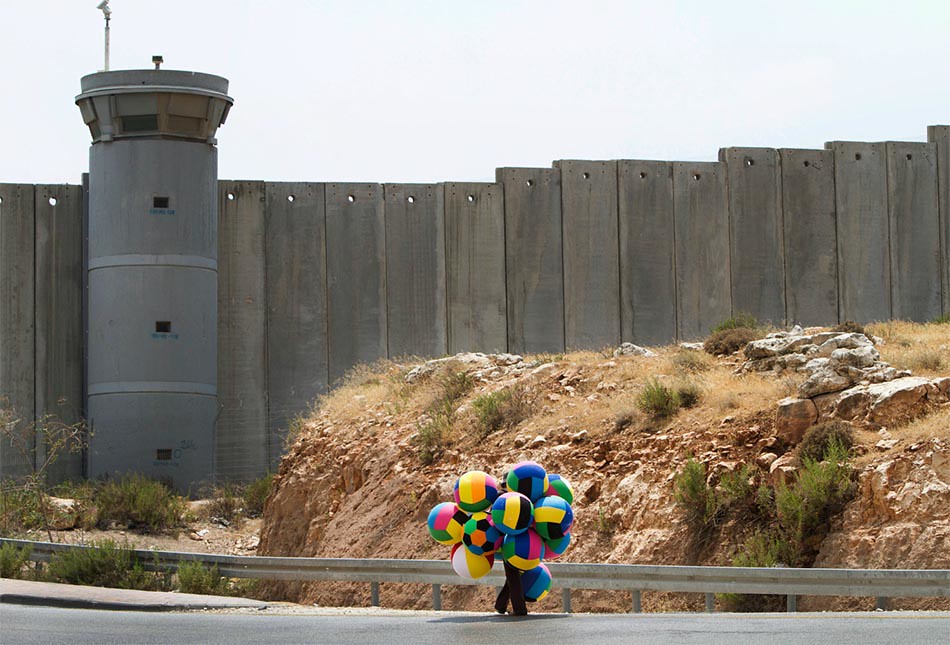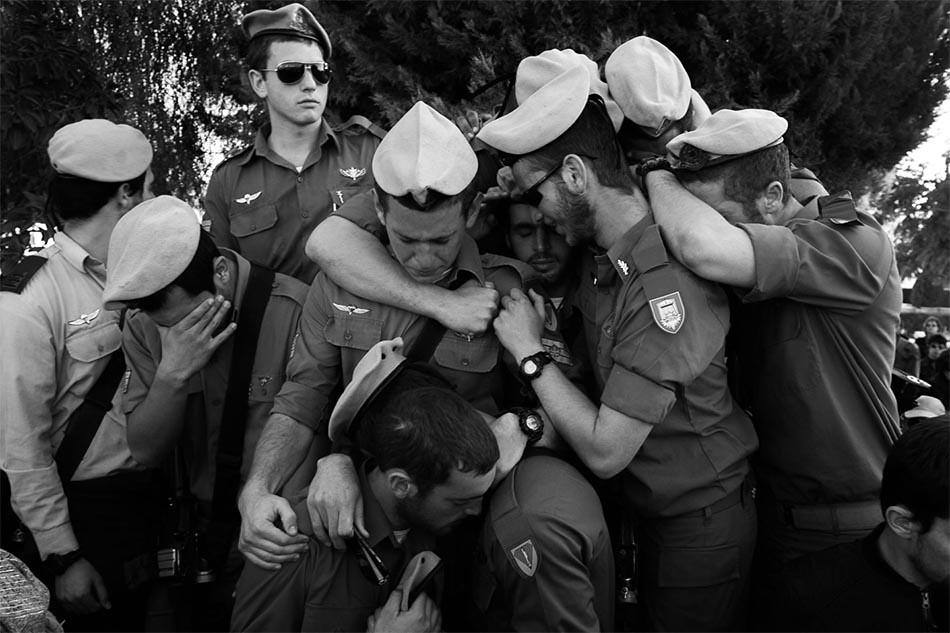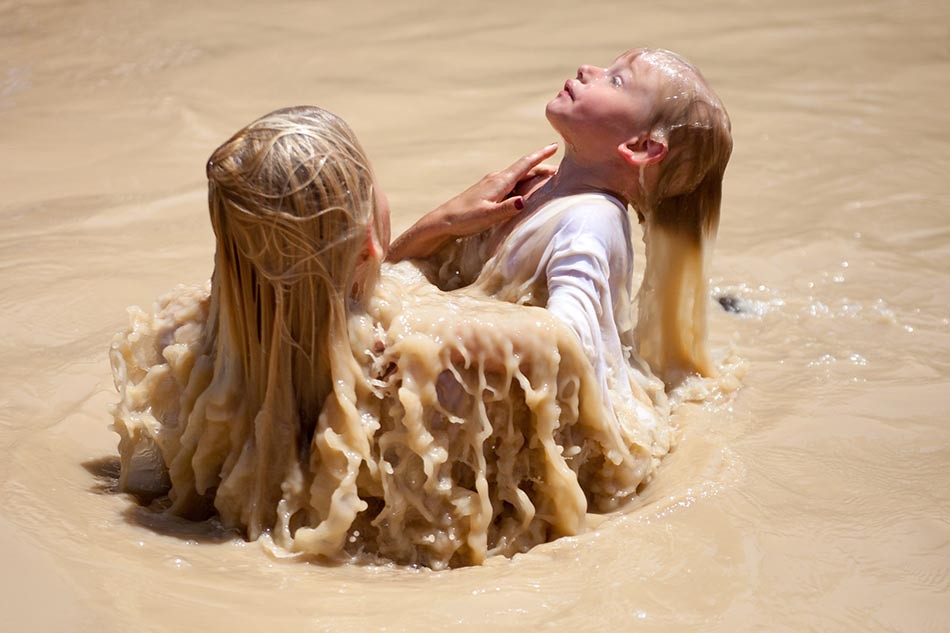Spotlight on Omer Messinger
Oct 13, 2015

TID:
Omer, thanks for being willing to participate. We will diverge a little this week and talk not only about a photography but a video that you produced. Can you tell us first a little about your connection to the region, and what you're trying to document?
OMER:
Thank you for having me. I lived here all my life, and spent the last 6 years in Jerusalem. In terms of documentation of the region, I try to witness key points in all that is happening, things that are important in terms of national or historic value along side smaller events that are not always important news, or news at all. Yet, they are another piece of the local puzzle. I collect single frames from all years that I hope eventually will build a final mosaic of what is going on here.
This region is in many cases defined by the word "conflict," It dwells into every aspect of your life, personal or professional, especially in Jerusalem - which is kind of an essence of how the middle eastern story is expected be told, it lies on your doorstep the visual content that comes with the religious diversity that it contains along with the ethnic and political tension that is always there.
I always try to be aware of that, so it won't take me repeatedly to the same well known places that eventually makes you portray a typecast caricature of what is happening instead of fresh or different view of things.
TID:
What was it like for you when you first started documenting?

OMER:
My initial source of attraction was sheer curiosity to events occurring as part of the local reality. I remember wanting to experience everything firsthand and get answers, to build my opinion on things from watching, instead of being fed the information by the news. The camera for me was a great excuse to go. Everything was fresh and interesting and the camera felt like a bubble or a safe place from which to observe things. For me, right now it is much harder mentally to deal with some of the things you may encounter in the job, either excessive fear or scenes with extreme emotions are felt much more, it doesn't necessary effects the way I do my job or act on the outside but more in the way that I understand the meaning of what is happening just in front of me.
In relation to the first motivation that drew me out to the field, I now know that experiencing the local reality in first hand doesn't necessary gives you answers to things, but helps you understand the complexity.
TID:
You also have a covered some intense moments, how did you position yourself to be there?
OMER:
First of all, I have to say that I try to avoid clashes or intense moments when ever I can, unless I'm assigned or if it's something really big or of unusual importance. The way to gain access differs, sometimes you know in advance about a gathering with initial intentions to disrupt the order, and sometimes it finds you. For example, a few months ago, Israeli Jews of Ethiopian decent had a series of protests all across the country, mostly peaceful rally with no special events. I covered the main rally in Tel-Aviv, which was unusual in terms of volumes and acts. The protesters marched through the city, running away from the police that could not contain them. I marched with them, they even blocked the main highway for several hours, and the police tolerated that to avoid confrontation.
Later that evening when they came to their final stop at Rabin Square in Tel Aviv, it looked like they were done and would disperse quietly. Suddenly, the protesters tried to burst in to the city hall and the riot police blocked them - next thing you know, bottles and rocks started to fly in the air and the police retaliated with stun grenades, water hoses and horses, I found myself in the middle of all that commotion, with no protective gear that I usually have. It was quite a surprise - once you figure out whats going on, you try to see where the main line of events is happening, and things change quickly. You keep a low profile, as much as possible, and try to create order in all the commotion to snap a decent frame.
It is really hard to cover those things at night, you can't see the flying objects, the lighting keeps changing, and it's hard for the cameras to focus. I remember all that time during this specific riot\demo. I was saying to myself how much I appreciate the job the photographers did in Ferguson, capturing some amazing frames.
TID:
You have a stunning image from a funeral, can you talk about this image and where it fits in your broader work?

OMER:
The photo was taken during the funeral of Sgt. Alex Moshvitsky, of the IDF engineer core, that was killed during an operation in the Gaza strip. The funeral took place in the southern city of Be'er - Sheva that was all that time under rocket attacks from the Gaza Strip. It was actually right when the funeral ended that a siren was heard in the cemetery, and people were running around and ducking for cover right there in the cemetery.
The way I see it, military funerals are part of what I call the "Israeli portrait," the general picture of this nation could not be complete without it. Bereavement here is collective (joint). You always know someone that lost a someone, or that was wounded; someone from your school that got hurt. In Israel, there is a mandatory draft to all citizens that turn 18 ( with some minor ethnic or religious exceptions), it's usually kids right out of high school, that come from all layers of the Israeli society, so every casualty feels like a personal loss that echoes in a national level.
Logistically, after you hear about a KIA you try to find out where and when will it take place. First and foremost, you have to respect the feelings of the family. It's important to verify with the army spokesman if the family of the soldier agree to media coverage of the funeral. As for the funeral itself, you try to get there early, before the crowed gathers to find a spot with a good angle. You try to figure out where the procession will come from and where the family will sit. I sometimes bring a 2-step stool so I can be at least a one head above the crowed. Often you will stand in the same spot with other photographers, and the stages of the ceremony are well known so its not really the place to get a "scoop" or to fight your way into something different, you try to lower your presence to a minimum and act as respectfully as you can and mainly look for reactions or emotions from friends and relatives.
TID:
Gaza Lapse from Omer Messinger on Vimeo.
Now, onto to the video, can you talk about your motivation to do this, as well as logistically.
OMER:
Well, honestly what led me to this direction of visual thinking was sheer frustration.
As a mostly self assigned freelancer, the options of covering the fighting from the Israeli side are quite limited. I can't go into Gaza; most of the areas in proximity to the border are declared as closed military zones. It means you need to play a cat and mouse game with the military police just to snap a few frames of forces going in or out of the Gaza strip, med-evac or artillery fire. In addition, the rockets fired from the strip land across a vast area - from the south of Israel, all the way to Tel Aviv, so it is hard to cover this distance by yourself. To sum it up, I didn't feel that my coverage had a different view, or a personal say, and I wanted to take it to a place of my own.
Many times all that is left for you is to sit on a hilltop and shoot all the fighting from far away. When you look at the aerial IDF attacks on the strip, and the rockets being fired from the strip, the spectacle you experience holds a massive contrast within it. The distance from the happening makes it a semi sterile experience, a show of "lights, mirrors and smoke", it is almost beautiful, but when it sinks in, the visual turns very disturbing. you are looking at war, death and destruction.
To amplify the dissonance, I chose to use a technique that usually is use to capture pastoral scenery like nature or star movement - that you can notice in the video, us humans keep fighting and the planet keeps on spinning.
On the logistical aspect, I positioned myself on a hill in the southern Israeli city of Sderot, about 4000 ft from the Gaza border. I placed my camera on a tripod, I don't have an intervalometer, so I used a regular shutter release with a cord. I locked the shutter while the camera was on burst mode with relatively long exposures. I started in the afternoon and finished at about 4 am, while every once in a while I had to run and duck for cover because the siren in Sderot went off. Due to its proximity to the border, you have about 15 seconds to look for cover when the rockets are being fired to the city, after every time I returned to my spot.
In the end of the operation, I collected all the materials and put them aside. I didn't touch them for a year after, I was exhausted mentally and felt like I couldn't deal with the project right after the operation, everything was still too fresh. About a week before the first anniversary, I started to edit and patch everything up, and released it in the date the operation started.
TID:
How has this work changed you? What have you learned about yourself?

OMER:
It changed me in a lot of ways. It is kind of a process, that grows with me, like layers being built. I connect every change within myself to the complicated relationship I have with the work. It's like a love-hate relationship, in which some times I believed in the cause, and sometimes it felt as if i'm doing something wrong by standing in front of people in their worst moments taking their pictures. There was a period that it felt so wrong for me that I stopped everything for about 4 years and went to study something else. Only when I found the reason within myself, could I come back and continue shooting. All those ups and downs helped contain a more complex understanding of things, and regain confidence in what I do.
TID:
What have you learned about others?
OMER:
In most cases - acceptance. You come across so much diversity of customs, mentality and approaches - that in some stages the "others" stop being defined by difference, and start to simply be. It does not mean that it is always easy to accept, but it helps you gain a certain amount of respect and openness that will help you relate to or approach a subject.
TID:
In conclusion, what advice do you have for others?
OMER:
My advice to others includes the things I keep reminding myself - keep trying to find your own voice when you work on something, your angle on things will make a story unique. Keep consulting with others on the stuff you do, try to use the advice of about two people along a project, so the abundance of opinions wont confuse you; yet you could build your own perspective in relations to theirs, whether you accept their view or not. And lastly, be respectful to others along the way, and keep your motives true whenever you can, the same energy you project will eventually reflect back to you, both when you are dealing with subjects and colleagues.
:::BIO:::

Photo credit: Massat Bilu
Omer Messinger is a Jerusalem based photographer and visual artist, specializing in photojournalism, portrait photography and motion projects.In 2013 he graduated from the Bezalel Academy of Arts and Design in the department of Visual Communications. For the past few years he has been covering current influential events that represent local Israel reality.
You can see more of his work here:
Website: www.OmerMessinger.com
instagram: https://instagram.com/omer_mess/